|
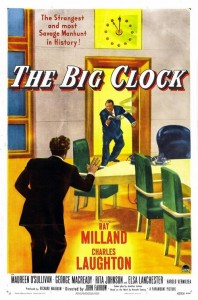
Synopsis:
An over-worked editor (Ray Milland) whose wife (Margaret O’Sullivan) is weary of his insane work schedule goes out drinking one night with a sympathetic colleague (Rita Johnson), and learns the next day that she’s been murdered. His overbearing boss (Charles Laughton) — who, as Johnson’s jealous lover, committed the murder himself, but is desperate to blame it on the shadowy figure he saw leaving Johnson’s apartment — tasks Milland with heading an investigation to determine this mysterious man’s identity, not knowing it was Milland himself.
|
|
Genres, Themes, Actors, and Directors:
- Charles Laughton Films
- Elsa Lanchester Films
- Framed
- George Macready Films
- Journalists
- Living Nightmare
- Maureen O’Sullivan Films
- Ray Milland Films
- Tycoons
Review:
The synopsis above hints at the complexity of this dense but fascinating and finely paced “murder mystery”, in which an egomaniacal tycoon (Laughton) shamelessly attempts to shift the blame for a murder he has committed onto someone else. The story — deftly directed by John Farrow (who cast his wife, O’Sullivan, in a small and somewhat thankless role) — occurs in flashback, as a panicked Milland recounts how he ended up in hiding from the police in his own office building — a futuristic edifice with an enormous clock (hence the title) meant to represent the God-like command held by Laughton, who micro-manages his employees to an extent that would be laughable if it weren’t sadly believable. Anyone who’s ever been pressured to give 110% to their job will relate to Milland’s frustration at being unable, even after years of dedicated service, to take a much-deserved holiday with his wife; the irony, of course, is that even after steeling himself to stand up to Laughton and quit his job, Laughton’s sway holds fierce, as Milland suddenly finds himself caught up in the ultimate living nightmare.
What’s perhaps most impressive is how neatly all the elements of Jonathan Latimer’s intricate screenplay fall into place, with each facet of Milland’s ill-advised drinking spree — his request for a “green clock” at a bar, his purchase of a surreal painting at a pawnshop after bargaining with another would-be owner (Elsa Lanchester) — coming back to haunt him. (Lanchester’s role — she’s as delightful as ever — becomes nicely fleshed out as we learn she’s actually the painting’s creator, and she ends up playing a critical role in the investigation.) Adding to the complexity of the entire narrative, of course, is the fact that Laughton doesn’t know Milland is the man he’s trying to frame, and that Milland — renowned for his amateur sleuthing abilities — is ultimately trying to track down himself. It’s all a giddy, nerve-wracking delight — and while I’m always the first to complain if I feel a narrative contains too many details for viewers to easily hold in place, thankfully that isn’t the case here. Fine performances all-around, as well as appropriately noir-ish cinematography and effective set designs, make this one a memorable treat on multiple levels.
Redeeming Qualities and Moments:
- Ray Milland as George Stroud

- Charles Laughton as Earl Janoth
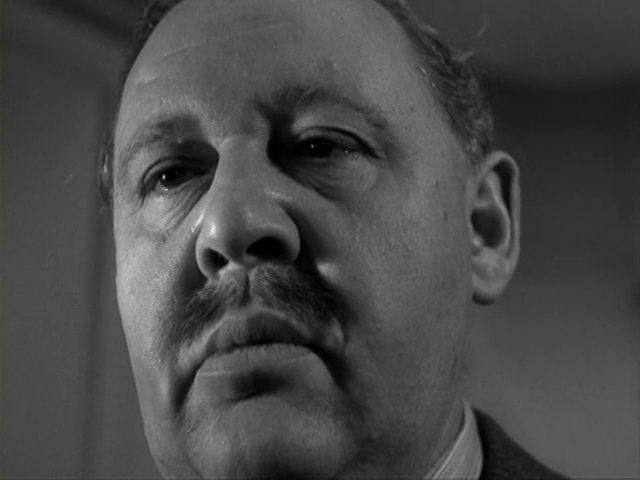
- Rita Johnson as Pauline York
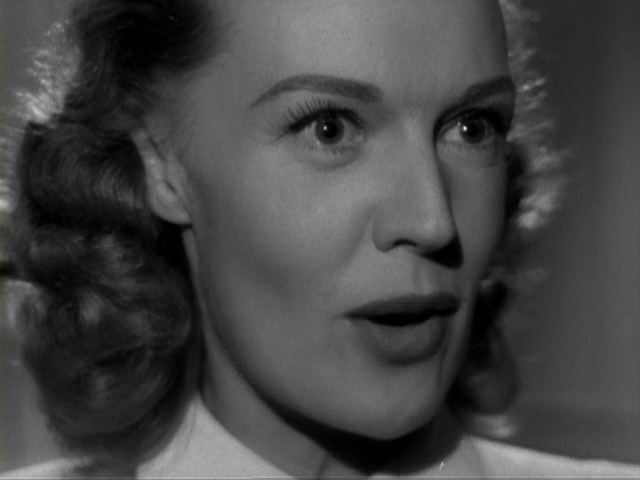
- Elsa Lanchester as Louise Patterson
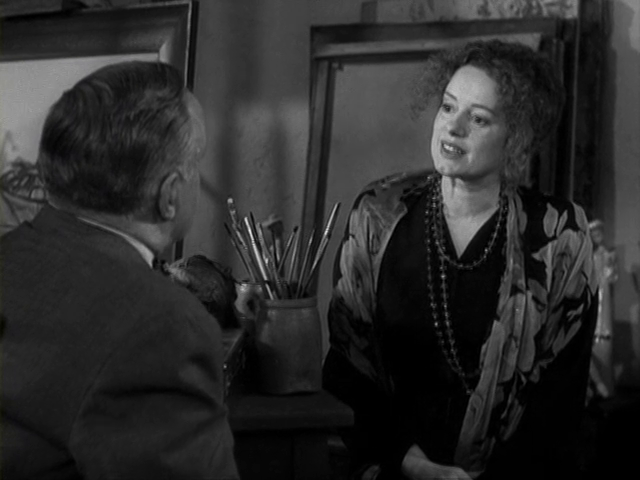
- Effectively “futuristic” sets

- John Seitz’s cinematography
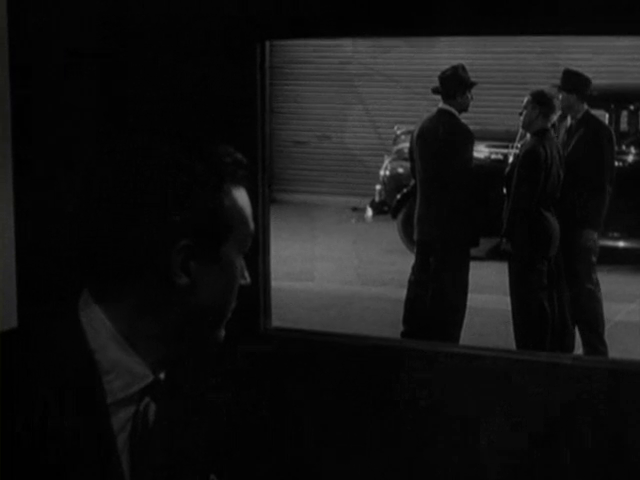
- Fine direction by John Farrow
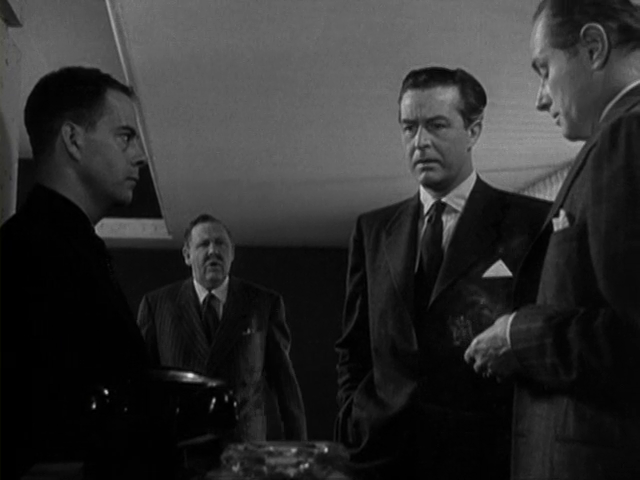
- Jonathan Latimer’s clever screenplay
Must See?
Yes, as an effective, smartly crafted noir thriller.
Categories
Links:
|
One thought on “Big Clock, The (1948)”
Agreed; a once-must, at least.
I’ll also agree that the screenplay is wickedly intricate but there’s little fear of getting all that lost – even if things do occasionally seem to strain credulity. (Whether they actually do or not won’t even matter. That will hardly seem the point once you’re swept up in it all.)
Actually, the only tiny issue I wasn’t willing to turn a blind eye to completely is the fact that, in five years of working for Laughton’s character, Milland was not allowed time off for a honeymoon and worked through holidays, like Christmas, every year (!). Even in a situation in which “110%” is expected, that seems excessive and a bit unbelievable, to say the least. (Of course, the little matter of Milland’s family consisting of George, Georgette and George, Jr. is a wee bit precious, but oh well.)
Laughton, Milland and Lanchester (who does get some snappy comebacks) are their dependable selves, of course. Having just seen her in ‘Here Comes Mr. Jordan’ and (recently in) ‘The Major and the Minor’, it seems Johnson was often cast as some kind of harridan. (She’s a bit like a harsh though more attractive Eve Arden – even tho I think Eve is a handsome woman. Grrrrr…) But here she at least gets some sympathetic mileage early on, so is able to show a little more range. O’Sullivan’s role is indeed “thankless” – she’s the type who sees her husband sitting at a bar with a woman and is immediately suspicious and hurt without knowing the circumstances. (I always hate when I see that in a character. It smacks of insecurity and possessiveness.)
The tension throughout ‘TBC’ is considerable and it continues to climb. It is indeed shot mostly in a way that will please noir fans. All told, a good show.